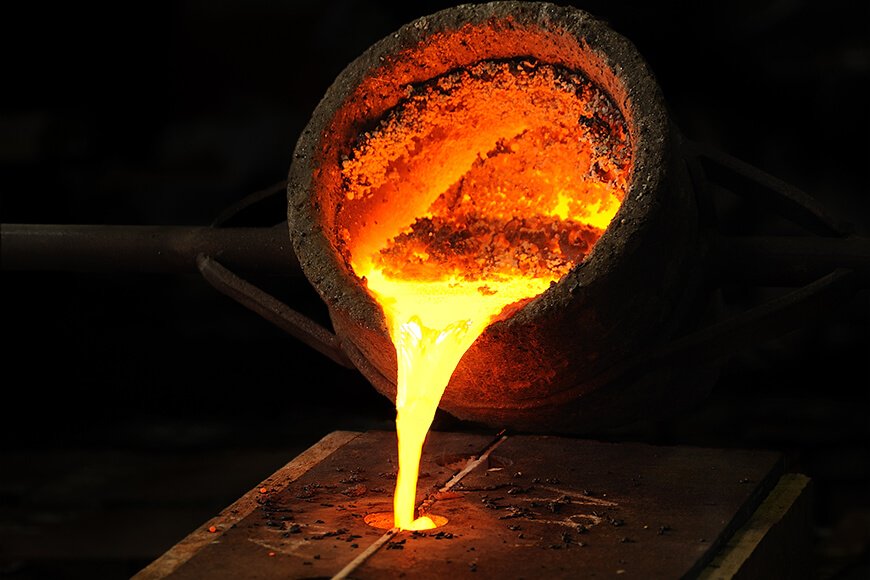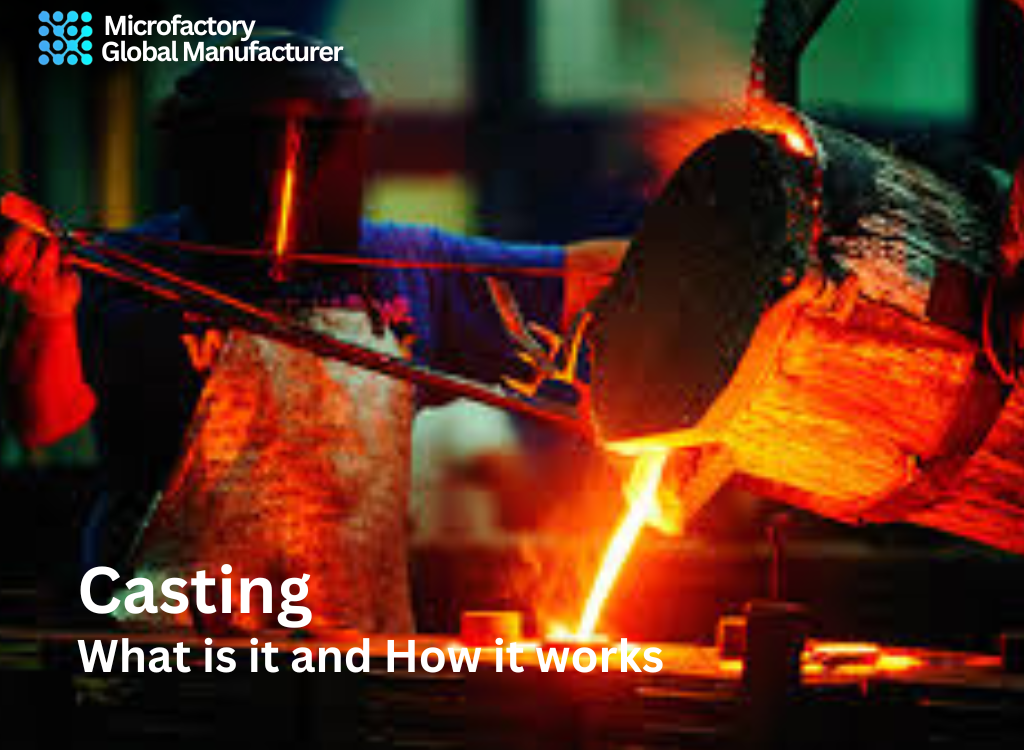Casting is a fascinating and multifaceted process that plays a crucial role in various industries, from manufacturing to entertainment. Whether you’re curious about how that metal part in your car engine was made or how actors land roles in blockbuster movies, understanding casting and how it works opens up a world of intriguing insights. In this article, we’ll delve into the nitty-gritty of casting, exploring its different forms, methods, and the science behind it. So, let’s dive right in!
What Is Casting?
The Basics
Casting, in its broadest sense, refers to the process of shaping materials by pouring them into a mold where they solidify into the desired form. This method has been used for centuries, evolving from simple sand molds to sophisticated techniques involving advanced materials and precision engineering. But casting isn’t just confined to metalworks; it spans across various fields, including plastics, ceramics, and even the performing arts.
Types of Casting
- Metal Casting: Involves pouring molten metal into molds to create complex shapes and parts.
- Plastic Casting: Uses resins or other plastic materials to form products.
- Ceramic Casting: Often used for creating intricate ceramic pieces and refractory items.
- Investment Casting: A precision casting technique for creating detailed and complex shapes.
- Die Casting: Utilizes high-pressure to inject molten metal into a mold.
Each type of casting has its unique set of processes, benefits, and applications, which we’ll explore in more detail below.
How Does Casting Work?
The General Process
Despite the variety in casting types, the core process generally follows these steps:
- Pattern Creation: A replica of the final product, often made of wax, clay, or plastic.
- Mold Making: Enclosing the pattern in a mold material to create a negative impression.
- Melting and Pouring: Heating the chosen material until it becomes liquid and pouring it into the mold.
- Cooling: Allowing the material to cool and solidify within the mold.
- Removal and Finishing: Extracting the solidified product from the mold and finishing it to the desired specifications.
images for casting


Metal Casting in Depth
Metal casting, one of the oldest and most widely used casting techniques, involves several detailed steps:
Pattern Creation
The first step is creating a pattern, typically from wood, plastic, or metal, which serves as a template for the mold. This pattern must be precise to ensure the final product meets specifications.
Mold Making
The pattern is then used to create a mold, often made from sand, ceramic, or metal. In sand casting, for example, the pattern is placed in a sand mold, and sand is packed around it. Once the pattern is removed, a cavity remains that will be filled with molten metal.
Melting and Pouring
The metal, usually iron, steel, aluminum, or copper alloys, is heated in a furnace until it becomes molten. The molten metal is then carefully poured into the mold cavity.
Cooling and Solidification
As the molten metal cools, it solidifies into the shape of the mold cavity. Cooling rates can affect the properties of the final cast product, so this step is carefully controlled.
Removal and Finishing
Once the metal has solidified, the mold material is removed, revealing the rough casting. This casting is then cleaned and finished to remove any imperfections and achieve the final specifications.
Other Casting Methods
Die Casting
Die casting involves injecting molten metal into a steel mold under high pressure. This method is known for producing high-quality, precise parts at a high production rate. It’s commonly used in the automotive and consumer electronics industries.
Investment Casting
Also known as lost-wax casting, this method involves creating a wax pattern coated with a ceramic shell. Once the ceramic shell is hardened, the wax is melted away, leaving a mold cavity. Molten metal is then poured into this cavity. Investment casting is ideal for producing intricate and detailed parts, often used in the aerospace and medical fields.
The Role of Casting in Various Industries
Automotive Industry
Casting is vital in the automotive sector, where it’s used to produce engine blocks, transmission housings, and other critical components. The precision and durability of cast parts ensure that vehicles run smoothly and efficiently.
Aerospace Industry
In aerospace, casting techniques like investment casting are crucial for creating complex, high-performance parts that can withstand extreme conditions. Turbine blades, structural components, and other parts benefit from the precision and strength provided by casting.
Entertainment Industry
Casting isn’t limited to manufacturing; it’s also a key part of the entertainment industry. In acting, casting refers to the process of selecting actors for various roles in films, television, and theater. Casting directors evaluate actors’ performances, look for the right fit for characters, and help bring stories to life on screen and stage.
Art and Jewelry
Artists and jewelers use casting to create unique and intricate pieces. Lost-wax casting is a popular method for making detailed sculptures and fine jewelry, allowing artists to transform their creative visions into tangible forms.
by microfactory
FAQs
What is casting in manufacturing?
Casting in manufacturing is a process where liquid material is poured into a mold and allowed to solidify into a specific shape. It’s used to create complex parts and components with high precision.
How does die casting differ from sand casting?
Die casting uses high pressure to inject molten metal into a steel mold, producing highly accurate and detailed parts. Sand casting, on the other hand, involves pouring molten metal into a sand mold and is typically used for larger, less precise parts.
What materials can be used in casting?
Various materials can be used in casting, including metals (like iron, steel, aluminum), plastics, ceramics, and even wax for investment casting.
Why is casting important in the automotive industry?
Casting is crucial in the automotive industry because it allows for the mass production of durable and precise components like engine blocks and transmission parts, ensuring the reliability and efficiency of vehicles.
How is casting used in the entertainment industry?
In the entertainment industry, casting refers to the process of selecting actors for roles in films, TV shows, and theater productions. Casting directors assess actors’ talents and suitability for specific roles.
4o


